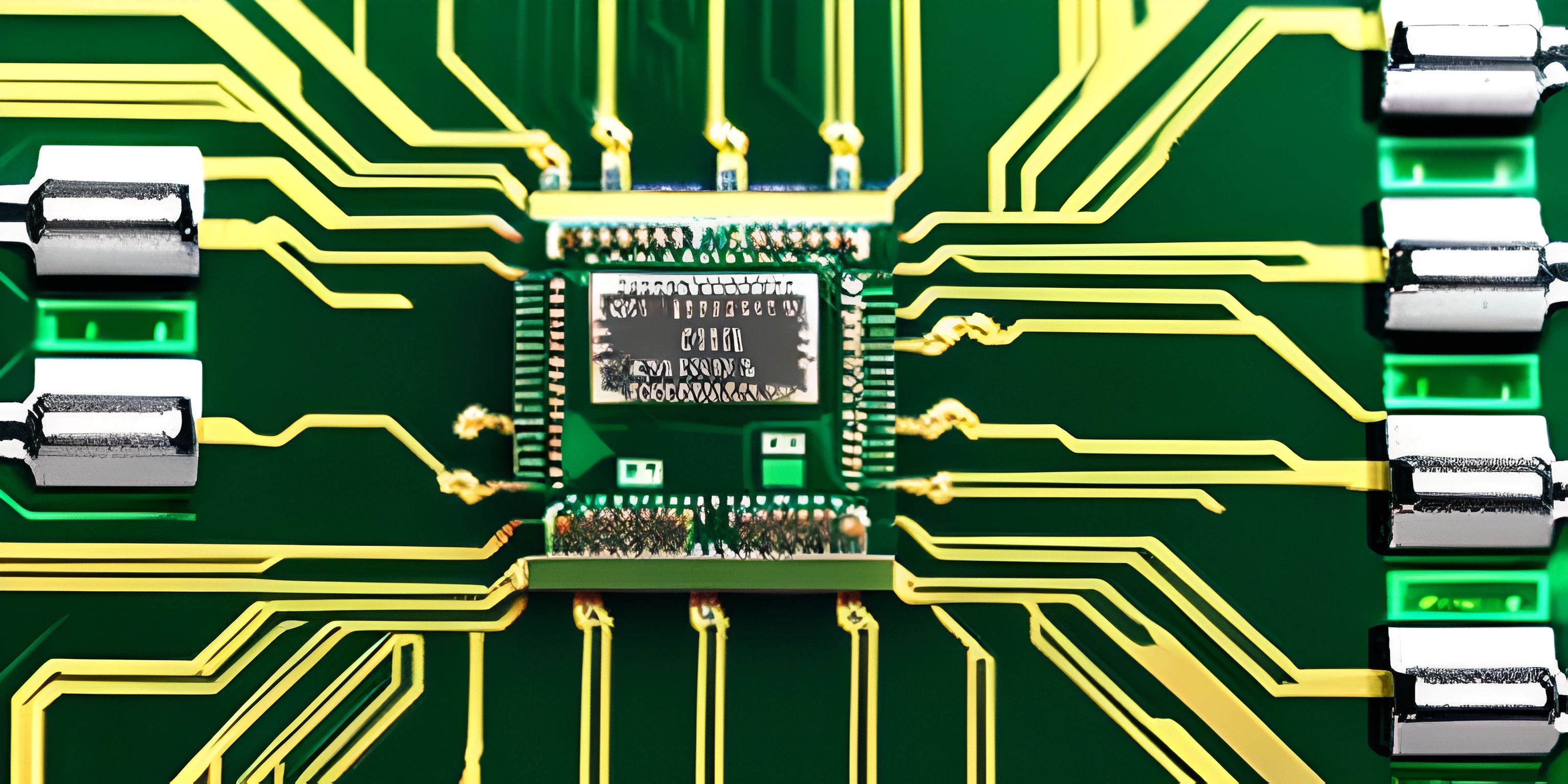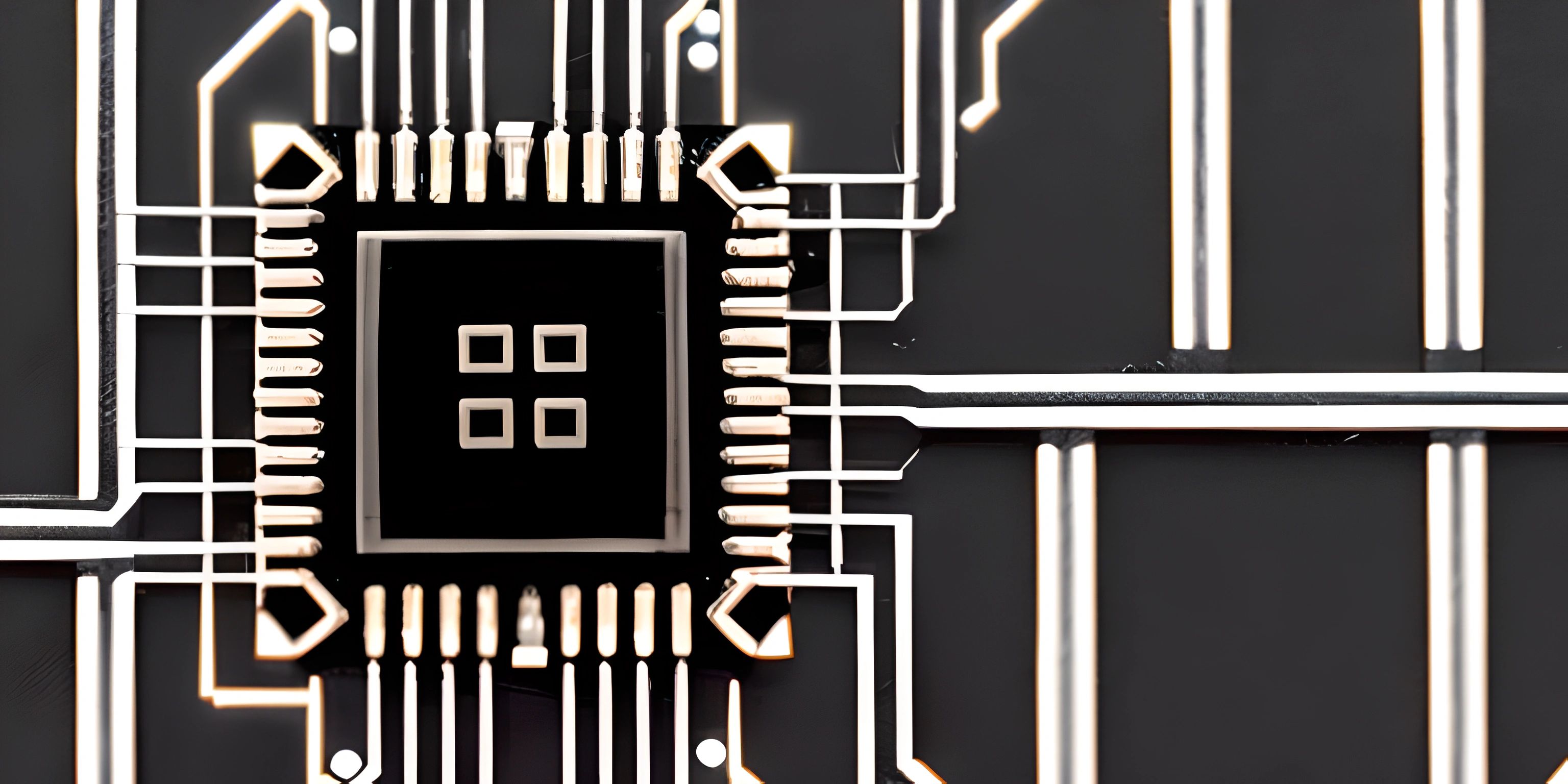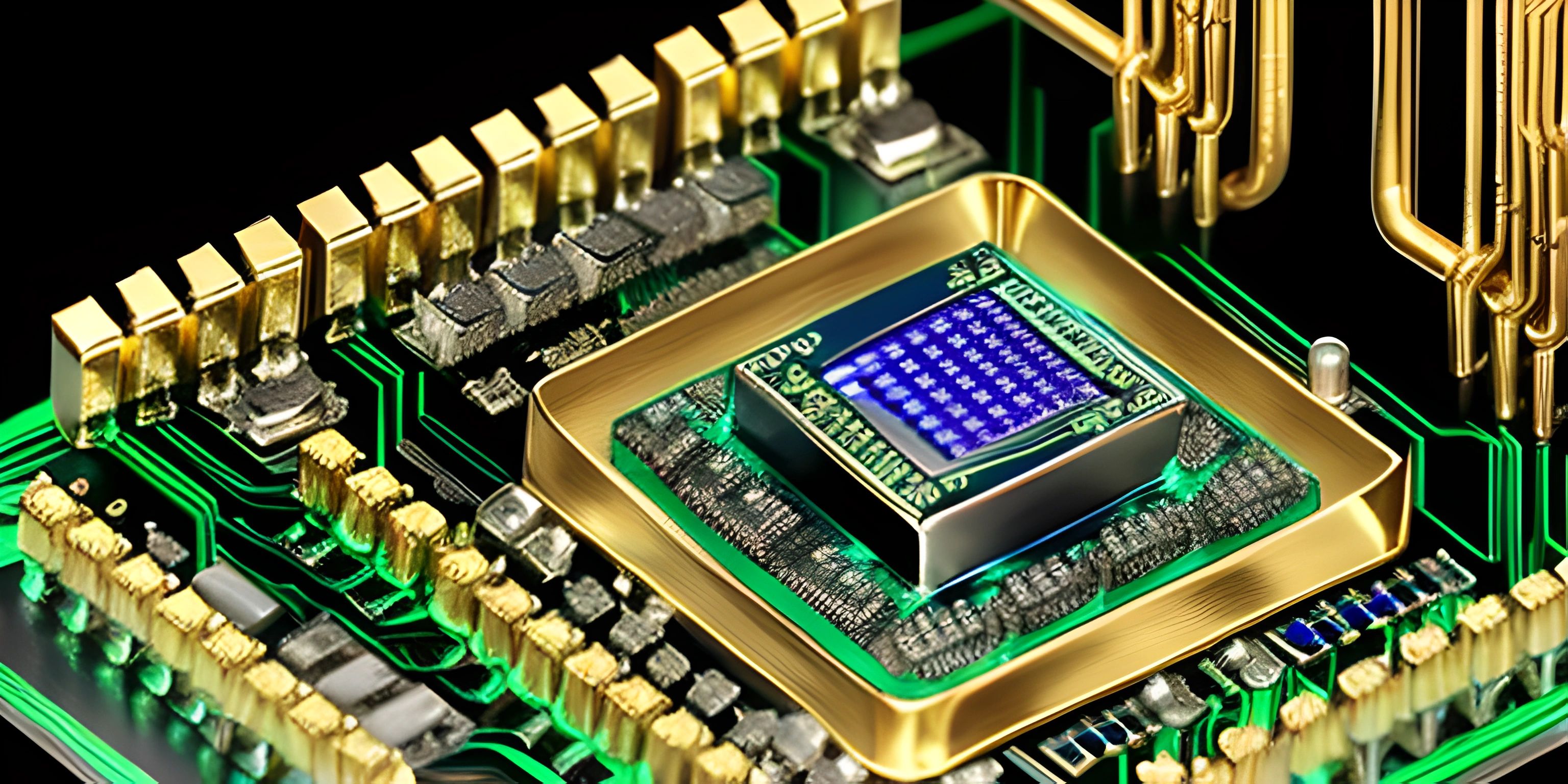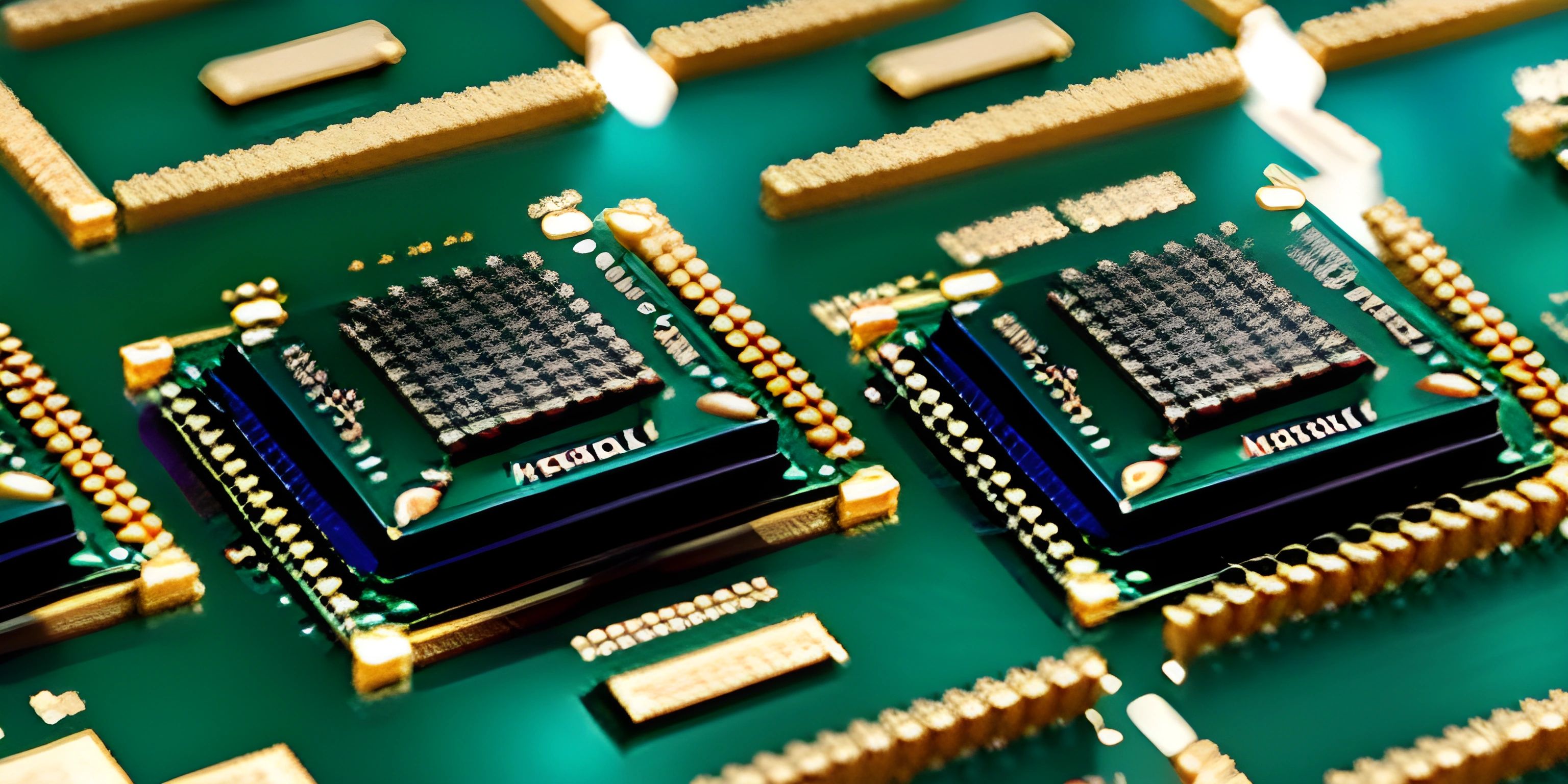A Primer on Different Processor Architectures and Their History
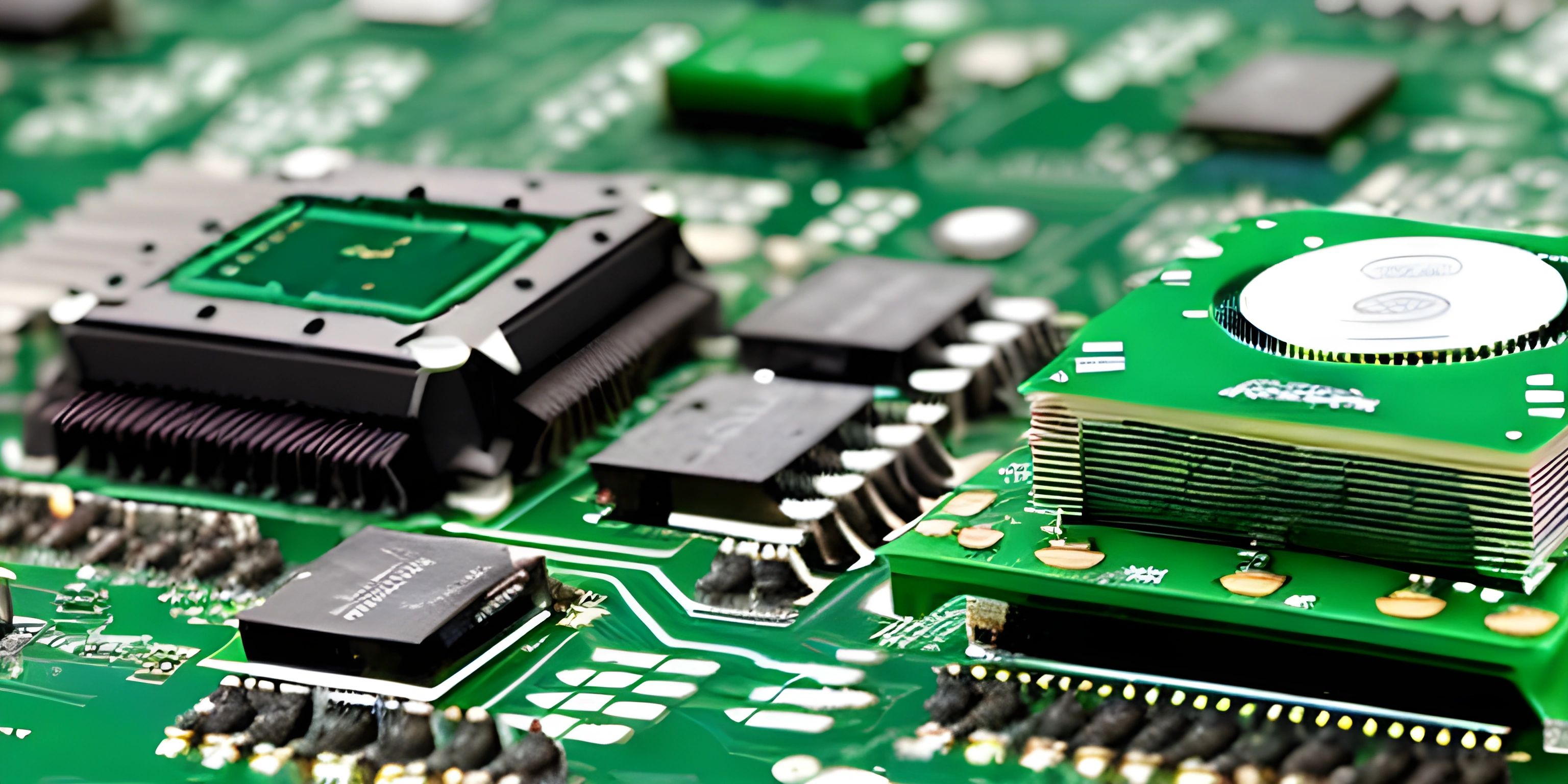
Note: this page has been created with the use of AI. Please take caution, and note that the content of this page does not necessarily reflect the opinion of Cratecode.
Computers are like onions—they have many layers. At the heart of these layers lies the CPU (Central Processing Unit), the brain of the computer. But not all CPUs are created equal. They come in various shapes and sizes, thanks to different processor architectures. Today, let’s journey through the labyrinth of CPU architectures and uncover their history. Buckle up; it's going to be a bumpy ride through time!
What is a CPU Architecture?
A CPU architecture is like a blueprint or a recipe for building a processor. It defines the set of instructions that the CPU can execute, the way it handles data, and the overall design philosophy. Think of it as the DNA of the processor, determining its capabilities and performance.
Key Components
- Instruction Set Architecture (ISA): The ISA is a collection of commands that a CPU can understand. It’s like the vocabulary of a language. Popular ISAs include x86, ARM, and MIPS.
- Microarchitecture: This is the implementation of the ISA. It’s like the grammar and syntax of the language, detailing how the commands are executed.
- Registers: Small storage locations within the CPU where data is temporarily held.
- Pipeline: A technique used to execute multiple instructions simultaneously by breaking down the execution path into stages.
The Evolution of CPU Architectures
The Early Days: The Birth of x86
The x86 architecture, developed by Intel, has been the backbone of personal computing since the late 1970s. The journey began with the Intel 8086, a 16-bit processor that revolutionized the world of microcomputers. It had a modest clock speed of 5 MHz and could address 1 MB of memory—enough to power early PCs like the IBM PC.
As technology advanced, so did x86. The introduction of the 32-bit Intel 80386 in 1985 brought multitasking capabilities and more memory addressing, paving the way for modern operating systems. Fast forward to the 21st century, and we now have 64-bit x86-64 processors with multiple cores and hyper-threading, providing immense computational power.
The Rise of RISC: ARM and MIPS
While x86 was taking over the desktop world, another architecture was quietly making waves—RISC (Reduced Instruction Set Computing). RISC processors, with their simplified instruction sets, offered better performance per watt, making them ideal for mobile and embedded systems.
ARM: The Mobile Powerhouse
ARM (Advanced RISC Machines) processors dominate the mobile and embedded market. Born in the late 1980s, ARM’s design philosophy emphasized power efficiency and performance. This made ARM the go-to architecture for smartphones, tablets, and IoT devices. Today, ARM processors power billions of devices, including the latest iPhones and Android devices.
MIPS: The Academic Star
MIPS (Microprocessor without Interlocked Pipeline Stages) was another RISC architecture that gained popularity in the 1980s and 1990s. Known for its simplicity and efficiency, MIPS found its way into academic settings and various embedded applications. Although its dominance has waned, MIPS remains an important part of computer architecture history.
The PowerPC Saga
In the early 1990s, the PowerPC architecture emerged as a collaboration between IBM, Apple, and Motorola. PowerPC processors powered Apple’s Macintosh computers until the transition to Intel’s x86 architecture in 2006. Despite losing ground in the desktop market, PowerPC found success in servers, gaming consoles (like the Xbox 360), and embedded systems.
The Modern Landscape: x86 vs. ARM
Today, the battle for CPU supremacy is primarily between x86 and ARM. On the desktop and server front, x86 reigns supreme, thanks to its raw performance and extensive software ecosystem. However, ARM is making inroads with its energy-efficient design, particularly in data centers and laptops.
Apple’s recent transition to ARM-based M1 chips for its Mac lineup is a testament to ARM’s growing capabilities. The M1 chip combines high performance with exceptional power efficiency, challenging the traditional dominance of x86 in personal computing.
The Future: Quantum and Beyond
As we look to the future, new architectures are on the horizon. Quantum computing, with its promise of unparalleled processing power, represents a significant leap from classical CPU architectures. While still in its infancy, quantum processors could revolutionize fields such as cryptography, AI, and complex simulations.
Assembly Language and Machine Code
Understanding CPU architectures also involves diving into assembly language and machine code. Assembly language is a low-level programming language that provides a symbolic representation of a CPU's machine code instructions. Each type of CPU architecture has its own assembly language, reflecting its unique instruction set.
; Example of x86 Assembly Code
section .data
hello db 'Hello, World!',0
section .text
global _start
_start:
; Write "Hello, World!" to stdout
mov eax, 4 ; system call number (sys_write)
mov ebx, 1 ; file descriptor (stdout)
mov ecx, hello ; message to write
mov edx, 13 ; message length
int 0x80 ; call kernel
; Exit program
mov eax, 1 ; system call number (sys_exit)
xor ebx, ebx ; exit status
int 0x80 ; call kernelIn the example above, you can see x86 assembly language commands that instruct the CPU to print "Hello, World!" to the screen. By understanding assembly language, you gain insight into how high-level code is translated into machine code that the CPU executes.
Conclusion
From the humble beginnings of Intel’s 8086 to the cutting-edge ARM M1 chips, CPU architectures have continuously evolved, driving the progress of technology. Each architecture, whether x86, ARM, MIPS, or PowerPC, has left its mark on the landscape of computing. Understanding these architectures not only gives us a glimpse into the past but also helps us anticipate the future of computing.
Hey there! Want to learn more? Cratecode is an online learning platform that lets you forge your own path. Click here to check out a lesson: Rust Chat App Backend (psst, it's free!).
FAQ
What is the primary difference between RISC and CISC architectures?
RISC (Reduced Instruction Set Computing) architectures use a simplified set of instructions that execute very quickly, while CISC (Complex Instruction Set Computing) architectures use a more comprehensive set of instructions that can perform complex tasks in fewer lines of code.
Why did Apple switch from PowerPC to Intel processors?
Apple switched from PowerPC to Intel processors in 2006 due to Intel's superior performance and power efficiency at the time. This transition enabled Apple to produce more powerful and energy-efficient Macs.
What is an ISA in the context of CPU architectures?
An Instruction Set Architecture (ISA) is a set of instructions that a CPU can execute. It defines the commands a processor understands and how it processes data. Examples of ISAs include x86, ARM, and MIPS.
How do pipelines improve CPU performance?
Pipelines improve CPU performance by allowing multiple instructions to be processed simultaneously. By breaking down the execution path into stages, a pipeline enables the CPU to work on several instructions at different stages of completion, increasing overall throughput.
What is the significance of the x86-64 architecture?
The x86-64 architecture extends the original 32-bit x86 architecture to support 64-bit computing. This allows for larger memory addressing and improved performance, making it suitable for modern applications that require significant computational power.

